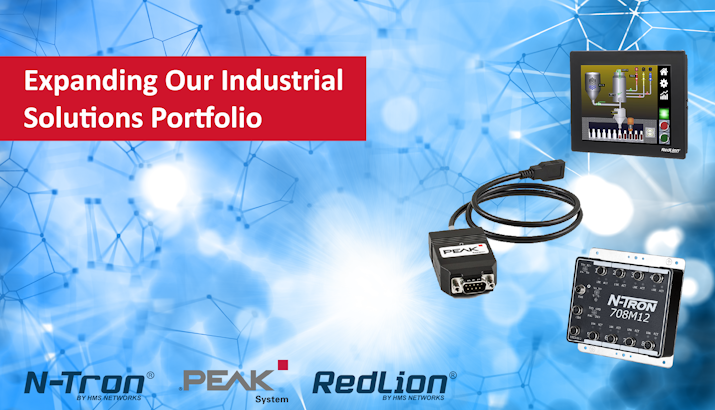
Article one explored the origins of Industrial Data Xchange (IDX) and the creation of the IDX Suite, our first major step in bringing structure and visibility to industrial data environments.
In this second article, we will continue the journey. We take you through the early days of chaos, the evolution of the IDX Suite as it adapted to the growing demands of industrial environments, and how that journey paved the way for the IDX Nexus Framework, a modern and future-ready platform built for today’s connected plants.
The Early Days: Chaos in the Beginning
In the world of industrial data, complexity is the norm. With distributed systems and ever-changing data points, departments across the plant rely on timely and reliable information. Managing this ecosystem is no small feat, and this is where the story of the IDX Nexus Framework begins.
Early industrial data environments were disordered:
- Complex system hierarchies.
- Sites are distributed across large areas.
- Constant addition and removal of systems and data points.
- Different departmental roles, along with skills shortages and staff changes.
- Evolving network and Information Technology (IT) configurations.
- Inconsistent naming conventions and operating procedures.
- Merging and sharing models.
- Tight budgets and the need for cost-effective solutions.
In this fragmented environment, the challenge was clear: implementing and maintaining data flow, monitoring system health, and managing system configuration, all while ensuring everything worked seamlessly even when the system changed.
The First Solution: The IDX Suite
To address this challenge, the IDX Suite was developed. Its approach was simple but powerful: provide a framework that enables users to assess, establish, maintain, and ultimately leverage their plant data.
Key features of the IDX Suite included:
- Run-time data routing to ensure seamless information flow.
- System health monitoring for proactive issue detection.
- Configuration management for greater control and consistency.
By addressing these fundamental needs, the IDX Suite helped industrial plants transform disjointed systems into cohesive, insight-driven operations.

Figure 1: From Challenge to Solution: The Birth of the IDX Suite
The Evolution Through Time: IDX Suite’s Progress
As these challenges evolved, so did the expectations from IDX Suite, driving the need for more sophisticated solutions that went beyond simple data exchange. The journey of IDX Suite reflects continuous innovation and adaptation to emerging industrial needs. A timeline of major developments illustrates this evolution:
- 1995: The introduction of IDX Real-time Database (IDXrtdb) marked the beginning of structured industrial data management – the managing and routing of data from multiple disparate systems.
- 2002: The release of IDX7 brought improved performance and broader functionality.
- 2004: The suite transitioned to IDX8 (.NET), leveraging modern programming platforms for greater flexibility and scalability. However, the original C++ runtime core of IDX7 remained.
- 2010-2011: New capabilities such as Data Exchange, S88/S95 Models, Tag Manager (UNIFIG), and Alarming/Alerting were introduced to IDX8.
- 2011-2025: The suite expanded to include the Key Performance Indicator (KPI) Manager, Data Migration Tool, Data Historian, and Remote Monitoring.
- 2025: The IDX Nexus Framework is introduced as a cross-platform Connectivity Hub with Message Queuing Telemetry Transport (MQTT), a historian with aggregation, visualisation tools, and an open Application Programming Interface (API). Integration with Artificial Intelligence (AI) frameworks is under investigation.
Each iteration reflects a deliberate effort to stay abreast or ahead of evolving industrial requirements, moving from simple data acquisition to comprehensive data management and analytics.

Figure 2: Past, Present and Future
The next article places the IDX Nexus Framework at the forefront, a platform designed not only to meet the current needs of modern industrial plants but also to support the innovations and opportunities of the future.
This is the second article in a three-part series where we share the journey behind IDX. In this series, we walk you through where we started, what we have built, and where we are going next.
- Part 1: Solving the Industrial Data Challenge: The Rise of IDX Suite. Read now.
- Part 2: Journey of Transformation: From IDX Suite to the Nexus Framework. This page.
- Part 3: The Road Forward: IDX Nexus and the Future of Industrial Data. Read now.
We are excited to share this journey with you, one step at a time.








